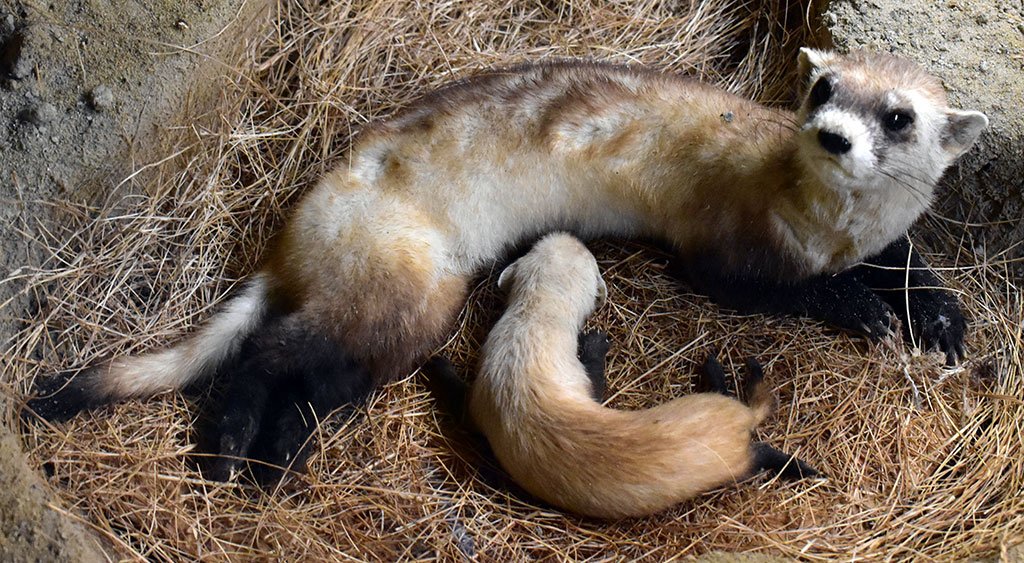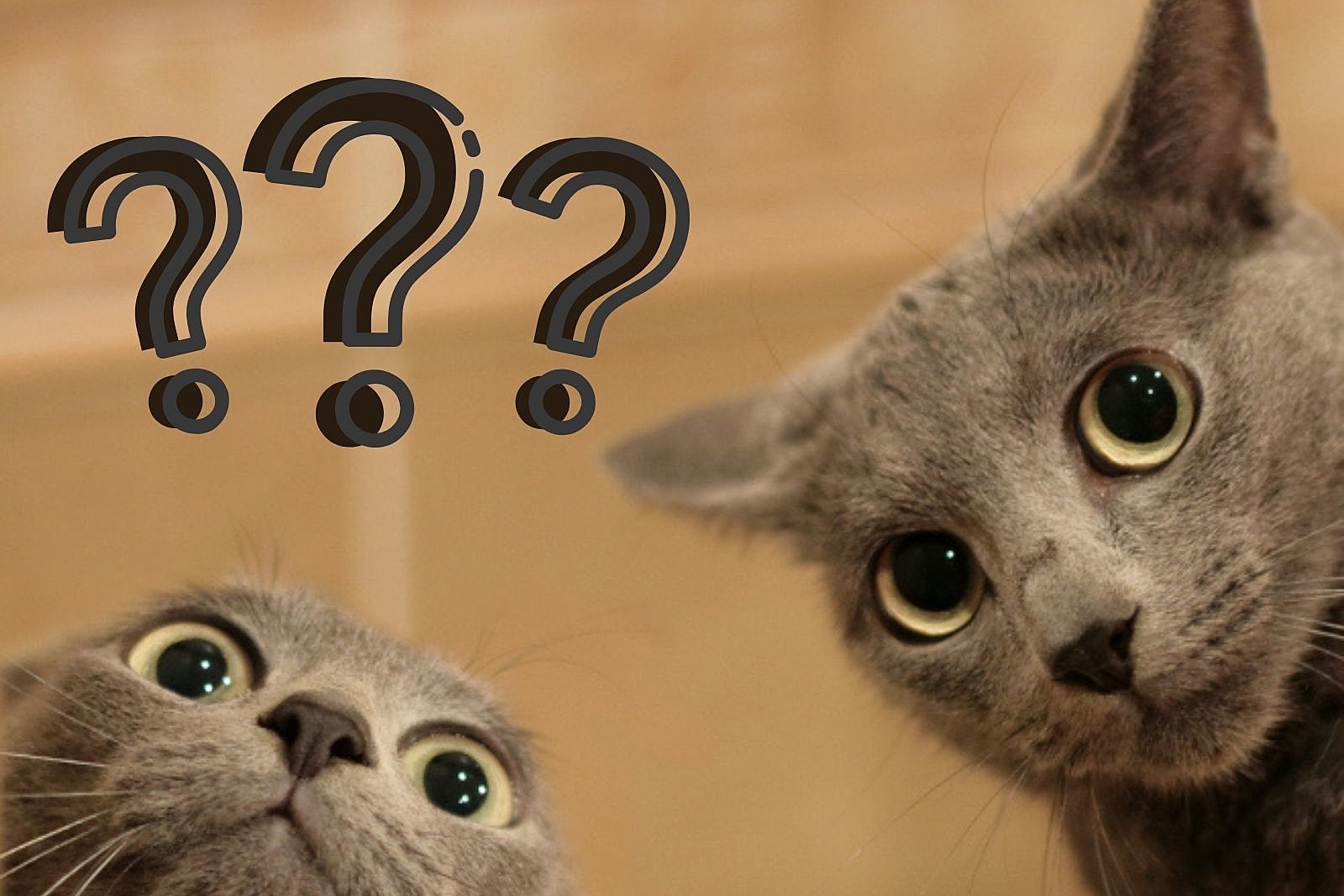The black footed ferret is native to central North America and has been called an American polecat and a prairie dog hunter. This rodent has a very complex lifestyle. Its preferred habitat is in forests and prairies. The black footed ferret has a very varied diet. This article will cover its diet and habitat. It will also cover reintroduction to the wild.
Also Read: super auto pets sloth
Habitat
The habitat of the black footed ferret overlaps with that of prairie dogs, burrowing owls, and the mountain plover. They are all closely related and share the same distribution range. This article examines the habitat and conservation issues of black-footed ferrets. For more information, read Appendix D. The conservation strategy focuses on enhancing the habitat of this species.
Conservation measures should focus on areas that provide critical habitat to multiple species. As shown in Table 6, species that have larger areas of critical habitat may overlap with many species. However, smaller areas of critical habitat may overlap with species with similar habitat associations. For instance, the Black footed ferret shares 100% of its critical habitat with Burrowing Owl and Mountain Plover, two species that are also associated with prairie dog towns.
Agricultural and industrial activities can alter or destroy intact prairie. They may also fragment large tracts of prairie, which are critical to the Black-footed ferret. Some oil-field developments have been shown to reduce the carrying capacity of the San Joaquin Kit Fox. Increasing roads and edges in habitat negatively affect population dynamics. These changes may affect the species’ range. Moreover, habitat fragmentation can reduce the ability of Black-footed ferrets to mate and reproduce.
Prairie dogs are critical to the survival of black-footed ferrets. Farmers have long sought to eradicate the prairie dogs, as they cause problems for them. Consequently, the black footed ferret nearly became extinct in some regions. However, conservation efforts and research are now restoring the species’ habitats. These efforts will help ensure the survival of the species. If these efforts do not succeed, the species may face extinction.
Predators
Black footed ferrets are nocturnal carnivores that live in prairie dog habitats. Because of their large size, they are 1.5 times larger than prairie dogs. Their habitat must cover at least 4,000 acres to sustain their population, and it is greatly reduced by agricultural conversion. Predators of black footed ferrets include prairie falcons, ferruginous hawks, and prairie rattleskins.
These small mammals are considered a keystone species because they are important for the ecosystem they inhabit. They act as both prey and predator and serve a dual role. They keep prairie dog populations in check by being predators. Without black footed ferrets, the prairie dog population would increase and threaten agriculture and other animals. If ferrets were eliminated, prairie dogs would no longer have food for predators.
The black footed ferret’s main food source is the prairie dog, which makes up over 90% of its diet. While it does eat other animals, the prairie dog is their favorite meal. During one year, a family of black footed ferrets will eat seventy-three prairie dogs. However, the black footed ferret also eats birds and small rodents.
While captive-raised predators are usually weak in hunting, there are some efforts to breed the animals and release them back into the wild. Some wildlife managers have even trained black footed ferrets for hunting purposes. One way to increase the chances of reintroducing a black footed ferret into the wild is to use bait vaccines. If successful, this could lead to a complete recovery of the species.
Diet
The phylogenetic perspective on the behavior of ferrets, combined with paleontological data, suggests that the diet of black footed ferocious is not restricted to a single food source. Thus, paleoecologists may use the diet of the black footed ferret as a basis for conservation efforts. The fossil record of M. nigripes is of great importance in reconstructing the natural history and evolution of the species.
In South Dakota, the Conata Basin is a subset of 71 prairie dog populations in the state. The region covers about 500 km2 and is administered by the US Forest Service. The black footed ferret was reintroduced here in the early 1990s. The area is home to a complex network of prairie dog colonies on public land. The population is expected to recover and flourish.
Fertilization occurs when the female is at least one year old. The female will not ovulate until she is 35 days old, and the male will not display his testicles until the breeding season. The female will stay with her young for the first 42 days, after which she will separate the young. A black footed ferret’s gestation period is about 42 days, and the litter size ranges from one to six young. The young are blind and helpless and remain in the mother’s burrow until they reach about a year old.
The breeding season of the black footed ferret takes place in March and April. The female will nurse her young for 41 days until they open their eyes. The young ferrets are born blind, and they are covered in fine white fur. Their eyes open around one month of age, and they will stay with their mother until they are about one year old. The lifespan of a black footed ferret is three to four years, but the oldest one lives nine years.
Reintroduction
Several years ago, the black footed ferret was discovered in western Wyoming. Due to its rarity, it had been feared that it would disappear from the wild, but recently, researchers have successfully reintroduced the species. A reintroduction program has started in Meeteetse, WY. The program aims to improve the species’ condition and population, as well as promote public support for the species.
Reintroduction of black footed rodents has been on the agenda for decades. However, the plan is still in the early stages. Until the population has recovered, researchers are evaluating the feasibility of reintroducing the species to New Mexico. The process would involve the use of experimental and non-essential measures and would fall under the Act. While New Mexico is far from allowing the introduction of the black footed ferret, some scientists believe it will be a good idea.
Conservation
The black-footed ferret, also known as the American polecat or prairie dog hunter, is a native of central North America. Conservation of this species is crucial to its survival. It is the largest cat in North America, and is therefore vulnerable to extinction. But with careful protection and research, it is possible to restore its population. In addition to habitat conservation, black-footed ferrets also provide an important contribution to scientific research, as well as educational programs.
One of the most important steps in the conservation of this species is to create a genetic pool of descendants from wild animals. These animals would be acclimated to a natural environment and would be observed and monitored there. Scientists hope that their captive-bred descendants will be able to survive in the wild and hunt prairie dogs. For this, they have collaborated with Viagen and the San Diego Zoo.
Once common across the Great Plains, the black-footed ferret has decreased dramatically since the 20th century. Only a small population was found in Meeteetse, Wyoming, in 1981. The remaining 18 individuals were caught and put into a captive breeding facility in 1987. Despite efforts to save the species, their numbers have decreased drastically and conservation of the black-footed ferret has largely become an interdisciplinary effort.
Bison ranching
The federal government is making efforts to reintroduce the black footed ferret to the western United States. The Black-footed ferret was once considered extinct, but a biologist in Wyoming developed a plan to secure a range on which to release the ferrets. However, the plan was opposed by many private landowners, who feared that releasing the ferrets on their land would set a precedent for other areas. Additionally, private landowners feared that this action would adversely impact federal and state benefits resulting from the eradication of prairie dogs. Because of these concerns, the plan was rejected by officials from the Wyoming Game and Fish Department.
The main obstacle to reintroduction of the black footed ferret is rancher opposition. Ranchers may be acting in their own best interests by ignoring the needs of the ferrets. However, they may also be reacting to government policies. After all, incentives are universal, but ethics are subjective. Therefore, we cannot assume that these ranchers will always act ethically. Bison ranching in South Dakota is a risky business, but the benefits to the black footed ferret are far outweigh the negative effects of this development.
The federal government adopted a policy in the early 1970s to protect the black footed ferret from extinction. The decision to protect this species came about after a small population was found in South Dakota in 1964. Subsequent surveys revealed that the population of black footed ferrets was low and declining. The study concluded that the black footed ferret population in South Dakota accounted for ninety individuals, and they had produced 38 young in eleven litters.





